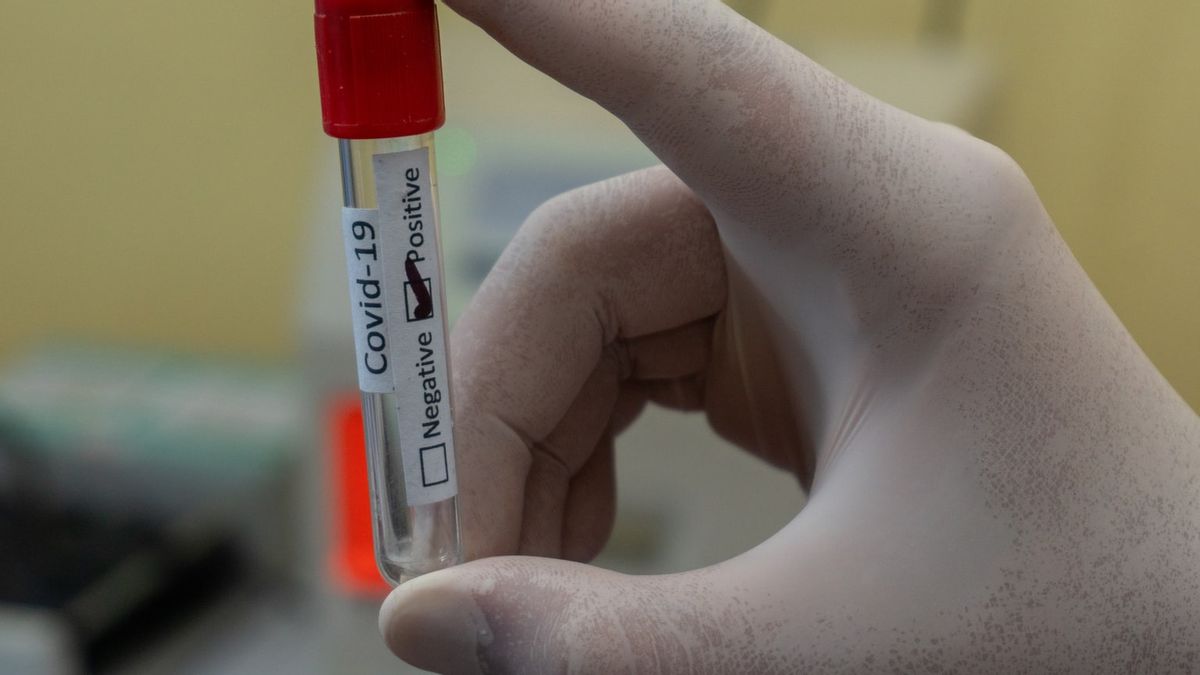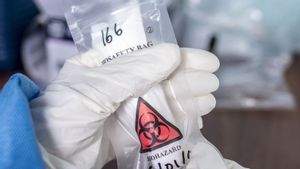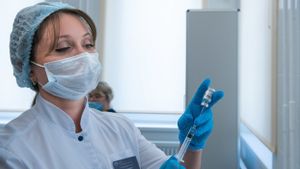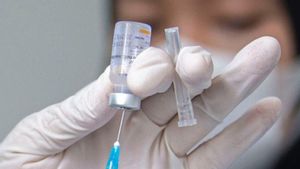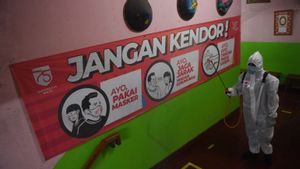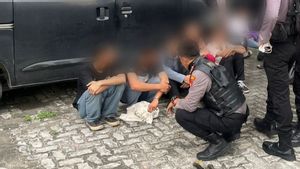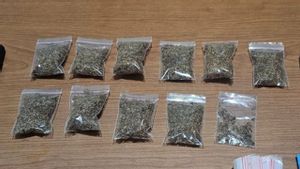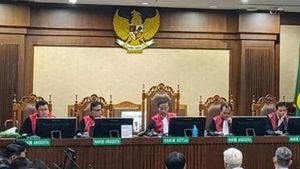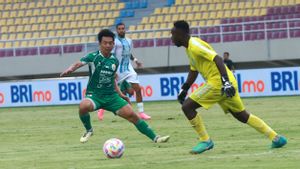JAKARTA - The Ministry of Health has issued a Circular Number HK.02.01/MENKES/18/2022 regarding the Prevention and Control of the Omicron Variant of COVID-19 Cases.
In this SE, Minister of Health Budi Gunadi Sadikin regulates the isolation period for patients exposed to Omicron who are self-isolating. A 10-day self-isolation period can be carried out in asymptomatic patients.
"In the case of asymptomatic (asymptomatic) confirmed cases of COVID-19, it is carried out for a minimum of 10 days since the confirmation of diagnosis specimen was taken," wrote Budi in SE, quoted on Friday, January 21.
Meanwhile, in the case of Omicron who has symptoms, isolation is carried out for 13 days, with details of 10 days from the onset of symptoms plus at least 3 days free of symptoms of fever and respiratory problems.

"Thus, for cases that experience symptoms for 10 days or less, they must undergo isolation for 13 days. In the event that there are still symptoms after the 10th day, then the self-isolation will continue until the disappearance of the symptoms is added 3 days," Budi explained.
Budi added that COVID-19 patients with the Omicron variant can also perform NAAT tests including RT-PCR examinations on the 5th and 6th days with an interval of 24 hours. This examination can be done if it has experienced clinical improvement during isolation.
"If the results are negative or the CT is above 35 twice in a row, it can be declared that the isolation has been completed or recovered. The funding for this examination is done independently," said Budi.
However, not all Omicron patients can self-isolate. There are a number of conditions, namely, Omicron cases that are allowed to be self-isolated (isoman) are classified as asymptomatic (OTG), and mild symptoms.
SEE ALSO:
Then, they must be 45 years of age and under, have no comorbidities, be able to access telemedicine or other health services, and commit to remaining isolated before being allowed out.
Meanwhile, in terms of housing and other supporting equipment, the patient must be able to live in a separate room, even better if the floor is separate, there is a bathroom in the house separate from the other occupants of the house, and can access a pulse oximeter.

If an Omicron patient does not meet clinical and home requirements, the patient must be isolated in a centralized isolation facility. During isolation, the patient must be under the supervision of the local health center or task force.
"Centralized isolation is carried out in public facilities prepared by the central government, regional government, or the private sector coordinated by the Puskesmas and the health office," Budi added.
The English, Chinese, Japanese, Arabic, and French versions are automatically generated by the AI. So there may still be inaccuracies in translating, please always see Indonesian as our main language. (system supported by DigitalSiber.id)
